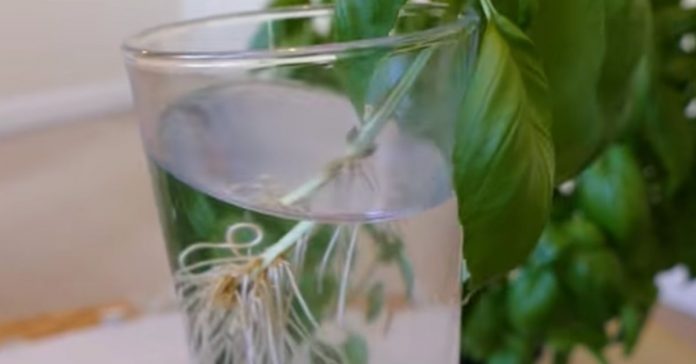Plants are amazing organisms. Each cell has the ability to duplicate all parts and processes of the whole plant when the right hormones are triggered in the right conditions. This means that you can remove pieces of an existing plant and use these “cuttings” to grow a new plant. This method of asexual reproduction is known as propagation and is done by cutting a stem, leaf or root.
Growing new plants from cuttings is an extremely popular thing used by greenhouses and nurseries wholesale. When plants are grown from cuttings, the new plant is an exact clone of the mother plant used, ensuring that the variegated, flower color and other physical characteristics are identical. A single plant can produce many, many new plants by the asexual spread.
This is a simple process that can be perfected and used by anyone just by following these basic steps:
You can use three parts of the plant in cutting: stems, leaves, and roots. Stem cuttings are used for woody plants, flowering ornamentals, and indoor plants. Leaf cuttings are used primarily for indoor plants and selected woody plants. Root cuttings are used for raspberries, blackberries, roses, lilacs and trumpet vines. Decide which method is best for the plant you want to propagate and which parts of the plant you need to remove.
Always use clean cutting/ pruning tools, whether cleaned with bleach or rubbing alcohol. This step doesn’t allow dirt and diseases to get into wounds when cutting the plant.
Wash and scrub all the containers you use to break the cuttings. This ensures that previous fertilizer applications have not accumulated salt, are free of pests, and do not carry disease or fungal spores.
The propagation medium consists of components with optimal ventilation, drainage and moisture retention characteristics. It is slightly different from the potting soil formulated to grow plants for a long time. A good propagation medium is a mixture of coconut or peat moss, with vermiculite, perlite or sand to increase drainage and aeration. Never use garden soil. It retains too much water and becomes compact, which increases the risk of decaying the cuttings before rooting.
A healthy mother plant not only produces healthy “babies” but does it faster than a stressed plant. Choose to take plant cuttings that are disease-free, do not show insect infestation, and do not show signs of nutrient deficiencies.
Plant tissues contain the most watery in the morning, making it the best time to take cuttings from leaves or stems.
When there are flower buds on the stem, the cells are meant to concentrate their energy and resources on flowering rather than on the growth of new roots. Select stem or leaf pieces without flower buds to help to root.
It is likely that not all the cuttings you are trying to root will survive and become new plants. Start by taking a little more cuttings than the final number of plants you hope to obtain, to give you some leeway in case some die.
You should plant the cuttings as soon as you remove them from the mother plant. When taking cuttings, wrap the cut end in a damp paper towel until you have finished harvesting the plant material and are ready to proceed to the next step.
Rooted hormones contain auxins, the plant hormone responsible for root growth and development. Immersing the cut end of the stem or leaf in the rooting hormone before planting encourages the cells to move on to the creation of new roots, increasing the chances of successful propagation.
With your finger or a stick, drill a small hole in the propagation support to define the cutout. Add the cutout gently and push the bracket around it, filling the hole. This prevents the rooting hormone from dissolving on the culture medium if you “stick” it in without creating a hole.
Cutting the leaves about half their original size allows them to continue photosynthesis, which is when sunlight, water, and carbon dioxide are used to create glucose in food. But reduces moisture loss due to perspiration.
Containers should be in a place between 70 and 75 degrees Fahrenheit that receives indirect sunlight. Maintain high humidity by covering with transparent plastic to prevent the plant tissue from drying until roots form.










